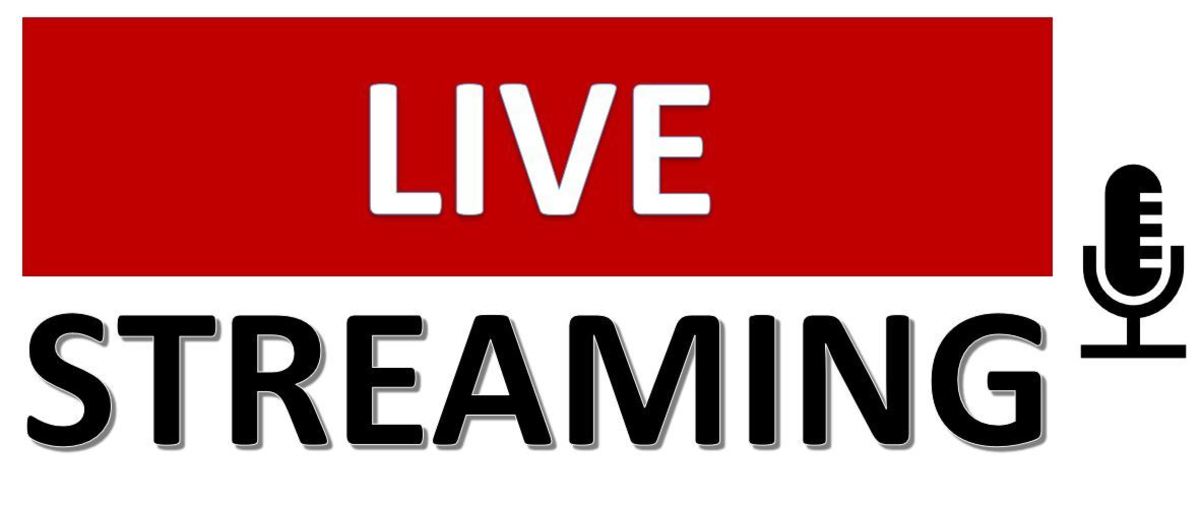Mass Communication Trends
Mass Communication Experiences
Are there mass communication platforms you overuse and underuse? How has your mass communication usage changed in the past two years? Five years?
When comparing your texting habits to those in the video, do you think you text too much? Why or why not? Do you ever engage in risky texting behaviors such as texting while driving? Does the video make you want to change any of your texting behaviors? Why or why not?
I have accounts with Facebook, Twitter, Instagram, Pinterest, and YouTube. However the only mass communication platform I use to communicate with other people is Facebook. I regularly use my other social media accounts to watch videos, search for deals, and read interesting facts, but I don’t use them for communication. I do not believe that I overuse my Facebook account; I tend to spend about an hour at the most on Facebook per day. If anything I believe that I underuse mass communication platforms. I started to use mass communication platforms about two years ago, when I moved from Ohio to Florida. Prior to my move I did not have a reason to use mass communication platforms because all of my friends went to the same high school as I did; my main way of communication was texting.
In comparison to the texting in “Addicted to Texting” I do not text too much. In the “Addicted to Texting” video it showed numerous people texting when they were hanging out with their friends or family. I personally make it a habit to stop texting when I am spending time with my friends or family. I find it rude to be texting to someone else when you are talking or spending time with a different person. I also do not engage in risky texting behaviors such as texting while driving. If I absolutely need to know something from someone while I am driving I utilize the voice commands on phone and call them without having to take my eyes off the road. I would never risk my life for a text message that can wait until I either get to my destination or until I can pull over to check it. The “Addicted to Texting” does not make me want to change any of my texting behaviors because I am not a big texter. I mainly use text messages when I have a quick question or I want to tell someone something that does not require a full conversation.
Lecture
Mass communication has existed in many forms throughout history, and it is not just a product of nineteenth- and twentieth-century radio and television technology. To begin to understand mass communication, it is important to become aware of its history and progression. Additionally, it is imperative for you to begin to understand key concepts and terms that are used in mass communication research and to expose you to theoretical and methodological tools used to study mass communication topics. This module will begin by introducing you to key theorists and influential researchers in mass communication to
provide a structural foundation that you can refer to as you navigate through the course. This base will inform your work and enable you to integrate these elements into your understanding in your own life.
Additionally, you will find that this course provides an evolving framework of the field of mass communication and the various professional opportunities involved in media production, development, and management. As you proceed through the modules, think about the potential career opportunities and advancements available to you as an emerging expert in the field and practice of mass communication and media.
Let’s begin by referring to some of the important concepts and terms introduced in your textbook (Sterin, 2014). You may want to print these terms out for future reference. Demonstrating your knowledge of key terms and concepts will be critical in your assignments throughout this course and your final project.
Mediated Communication: The transmission and exchange of messages across barriers of geography and time.
Media Convergence: The process of mass communication technologies becoming increasingly connected and eventually reducing mass communication to a single system.
Mass Media Platform: The collective spectrum of technology-based communication media, ranging from the telephone to the internet and social media.
Media Literacy: A concept that describes the study and analysis of all the processes involved in creating and consuming media content across all media platforms.
Media Effects: Ideas and theories about ways the mass media influences people at both individual and collective levels.
Textual/Content Analysis: Methodology employed by researchers, primarily social scientists, to study content in the mass media.
Social Learning Theory: A theory that discusses how people learn and are influenced through mass media consumption.
Agenda Setting: A theory of mass communication that suggests the media is influential in telling people what to think about through frequency and salience of coverage.
Cultivation Effect: A theory stemming from television research suggesting that increased viewing of television produces feelings within audiences that what is seen on television reflects reality.
Inoculation Theory: A theory of social psychology that attempts to explain how people’s attitudes and beliefs change, or resist change, particularly through persuasion introduced by the mass media.
Social Judgment Theory: A theory that examines how people consider or do not consider new ideas, based on their current beliefs and viewpoints.
Elaboration Likelihood Model: A theoretical model that examines how attitudes and beliefs are formed and how they might change, based on the degree to which cognitive analysis is employed in processing messages against pre-existing attitudes and beliefs.
Active Media Platforms: Media platforms that allow for the exchange of information between users who share in message and content creation.
Passive Media Platforms: Media platforms that allow for minimal input from viewers in content and message creation.
Mass Media Framing: A media theory suggesting that mass media packages information to elicit specific interpretations in audience members based on word choices and images.
Culture: An interlocked and fluid social system of behaviors, characteristics, customs, language, artifacts, and symbols that distinguish one social group from another.
Media Hegemony: A particular group’s ability to dominate the media.
Information Overload: The escalating quantity of information along with the increasing number of mass media channels and content available to media consumers.
Information Filtering: The process of filtering out what a person deems unimportant; when enacted by the government, the goal is to keep citizens in the dark, thereby maintaining the government’s power over them.
Models of Mass Communication
Shannon-Weaver Model: Also known as the linear model of communication, this model suggests that communication consists of eight components: (a) source—the creator of a message who must determine the best way for that message to be disseminated; (b) message—the content; (c) sender/transmitter—entity who encodes the message to represent its intended meaning; (d) channel—the medium through which the message is relayed; (e) decoder—content manager who filters the message; (f) receiver—the audience; (g) noise—anything that interferes with message transmission; (h) feedback—receiver’s response to the message.
The Shannon-Weaver model suggests that the goal of mass communication is shared meaning or understanding of a message that ranges on a continuum. The model suggests that mass communication is affected by the communication environment, or the setting in which communication occurs (e.g., face-to-face, online). Concerns about the model include that communication often does not unfold in a linear fashion and that individuals do not function as passive senders and receivers, particularly in the era of digital media.
Transactional Model: The transactional model suggests that senders and receivers are consistently encoding and decoding messages, providing feedback, and being affected by noise. Thus, communication is not linear but is a simultaneous process that involves multiple components actively playing out.
Critical/Cultural Approaches: This perspective considers what factors an individual brings with them that could affect how they interpret messages. This perspective suggests that those controlling the mass media present messages that reinforce cultural, social, and political agendas. Scholars operating from this approach consider the way this then influences people’s understanding of the self and of others through examining their own cultural position and status.
References
Sterin, J. C. (2014). Mass media revolution (2nd ed.). Boston, MA: Pearson.






